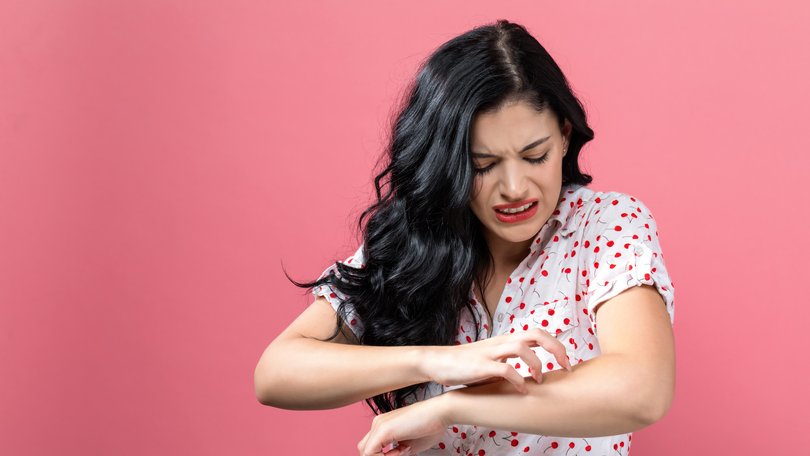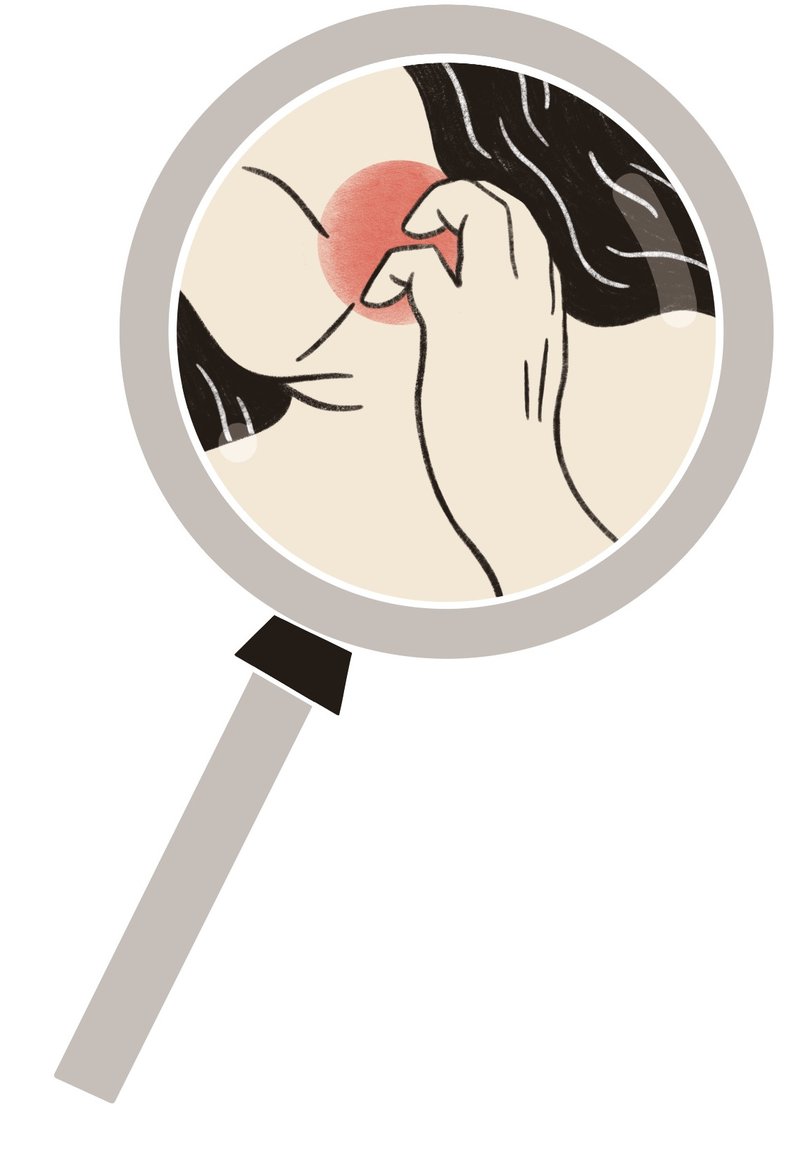THE WASHINGTON POST: The science-backed trick that soothes an itch better than scratching

Scratching an itch can damage skin and make the urge worse. Instead, try rubbing or gently stroking it with your fingers or a soft make-up brush.
You don’t even need to touch the exact itchy spot. Scientists have found you can apply these techniques to an area as far as about three-quarters of an inch from the site. This can help if you’re dealing with something like a sore from a bug bite or psoriasis that you want to avoid aggravating.
Why it works
Sign up to The Nightly's newsletters.
Get the first look at the digital newspaper, curated daily stories and breaking headlines delivered to your inbox.
By continuing you agree to our Terms and Privacy Policy.In 2020, a team of researchers led by Tasuku Akiyama, associate professor of dermatology and cutaneous surgery at the University of Miami Miller School of Medicine, investigated what happens when you rub an itch. They showed that stroking the skin of mice halted the itch signal in its tracks. Stroking sent a counter-signal that inhibited the uncomfortable one, keeping the itch from reaching the brain.
“Once you start scratching, sometimes you can’t stop,” Akiyama said. “It’s called the ‘itch-scratch cycle’. If you can resist it, you probably should resist it. Otherwise, there’s rubbing.”
A 2021 study found that gently stroking an itchy area with a soft make-up brush — slowly at about 2.5 centimetres per second or quickly at about 18 centimetres per second — reduced the sensation. The slower stroke was more effective, offering about 12 per cent more relief. A separate study of histamine-induced itch published this year found similar results.
What happens when you itch
Pain and itch are both transmitted by thin, slow-moving nerve fibres. Histamine, a molecule released during an allergic reaction, is a classic trigger that strongly activates those sensory nerves. Other triggers include bacteria and the texture of what touches your skin.

Picture your favourite smooth cotton shirt: it doesn’t usually make you itch even though it touches you everywhere. But if it were wool and brushed a few tiny areas at a time, you’d feel itchy all over.
That’s the idea behind the spatial-contrast theory of itching. When a small cluster of the skin’s nerve fibres is gently activated in one specific area, we perceive that contrast as itch. When these nerves are activated too strongly or across a broader area, we perceive pain instead.
Over-scratching causes pain, which temporarily overrides the itch signal. But the act can also release inflammatory molecules that restart the itch, creating a cycle.
Rubbing makes sense because it removes the spatial contrast that creates the itch without damaging skin. You also don’t need to rub the exact spot, as nerves from nearby areas of skin — called dermatomes — send or block signals to the same region of the spinal cord.
What to keep in mind
People who live with chronic itch, such as those on haemodialysis or with urticaria, often choose to rub rather than scratch for relief. That observation prompted researchers to study the benefits of rubbing.
Even if you don’t have an underlying condition, reading about itching might make you feel itchy — studies show the sensation can be “contagious”. But at least now you’ll know what to do.
(c) 2025 , The Washington Post.
Originally published as The science-backed trick that soothes an itch better than scratching
